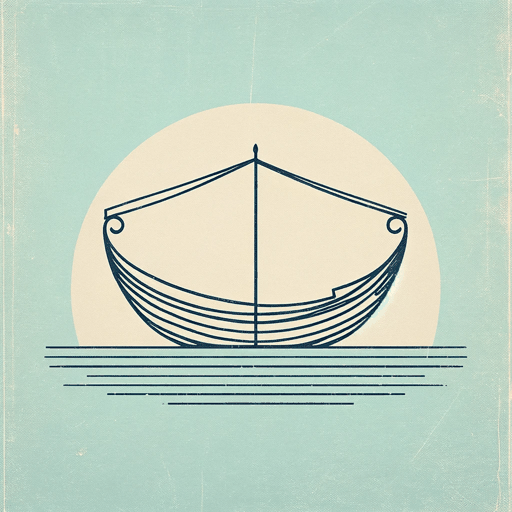18 pages • 36 minutes read
Edgar Allan PoeTo Helen
Fiction | Poem | Adult | Published in 1831A modern alternative to SparkNotes and CliffsNotes, SuperSummary offers high-quality Study Guides with detailed chapter summaries and analysis of major themes, characters, and more.
Literary Devices
Form and Meter
“To Helen” is a lyric poem with three quintains. A quintain, also called a quintet and a cinquain, is a stanza of five lines. In his essay “The Philosophy of Composition” Poe writes about the length of a poem: “[T]he brevity must be in direct ratio of the intensity of the intended effect.” Unlike his longer poems, such as the famous “Raven,” “To Helen” is only 15 lines. This brevity is part of Poe’s project to convey the power of Helen’s beauty.
Poe turned to music as a way to consider meter in poetry. In his essay “The Poetic Principle,” he writes that “Contenting myself with the certainty that Music, in its various modes of metre, rhythm, and rhyme, is of so vast a moment in Poetry as never to be wisely rejected.” In “To Helen,” Poe uses tetrameter, which is four metrical feet of two syllables each, for a total of eight syllables in the first three lines of each stanza. Sometimes the lines are iambic, which means the metrical feet follow an unstressed-stressed pattern of syllables.
Related Titles
By Edgar Allan Poe

A Dream Within a Dream
Edgar Allan Poe

Annabel Lee
Edgar Allan Poe

Berenice
Edgar Allan Poe
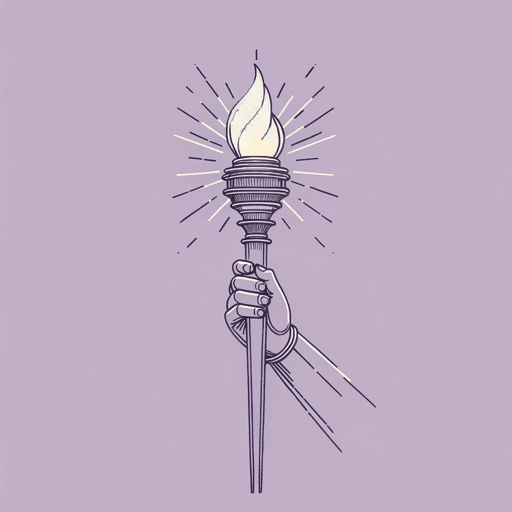
Hop-Frog
Edgar Allan Poe
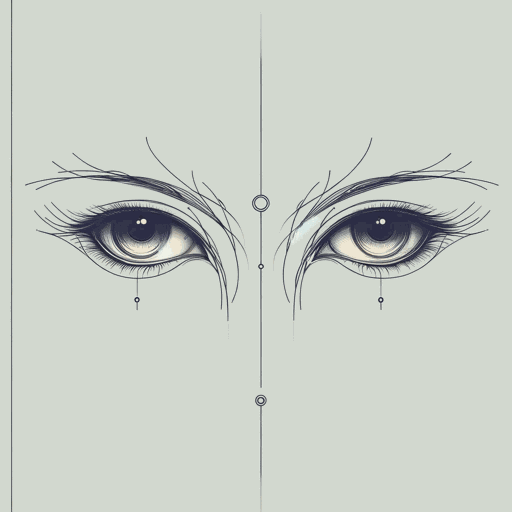
Ligeia
Edgar Allan Poe

Tamerlane
Edgar Allan Poe
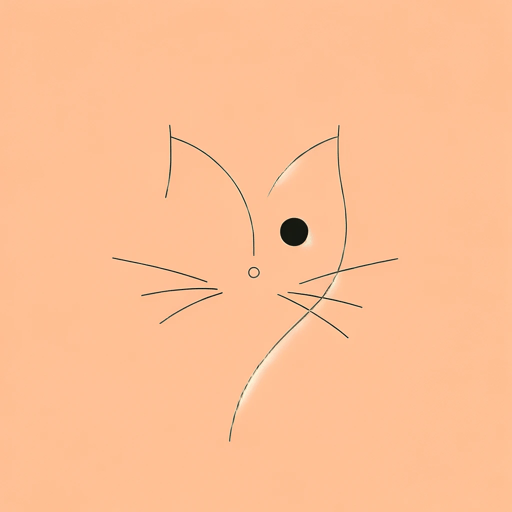
The Black Cat
Edgar Allan Poe
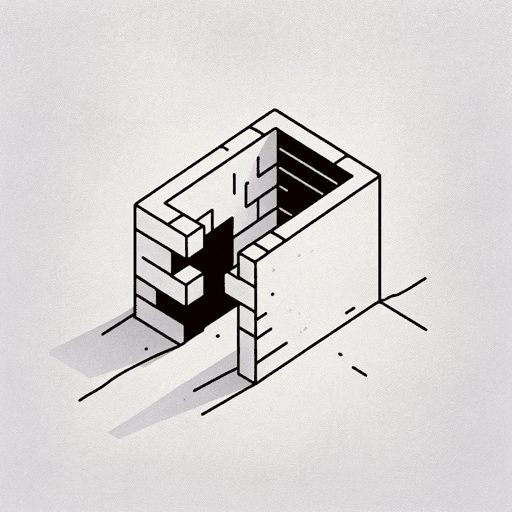
The Cask of Amontillado
Edgar Allan Poe
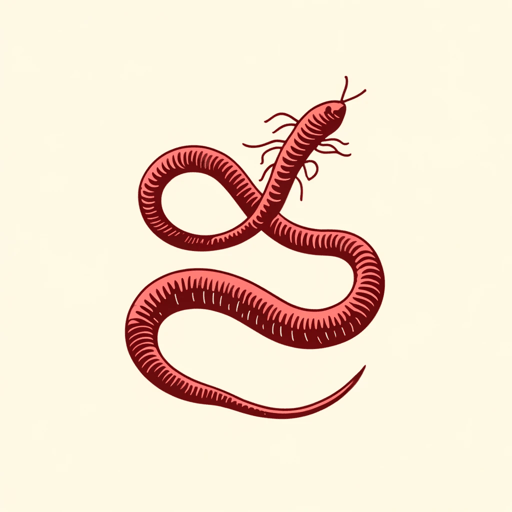
The Conqueror Worm
Edgar Allan Poe
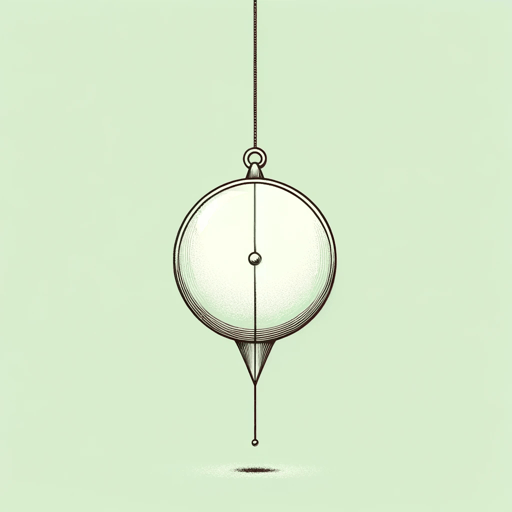
The Facts in the Case of M. Valdemar
Edgar Allan Poe
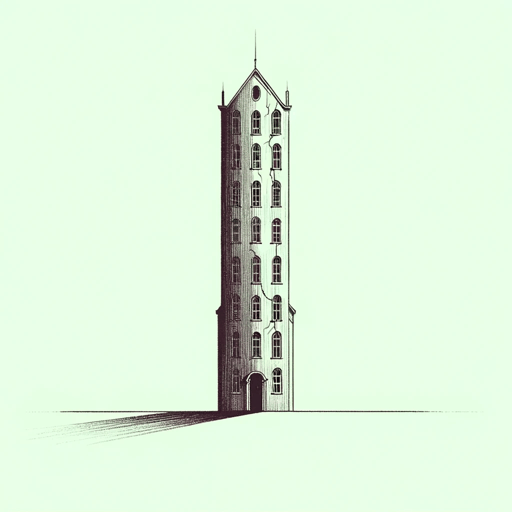
The Fall of the House of Usher
Edgar Allan Poe

The Gold Bug
Edgar Allan Poe
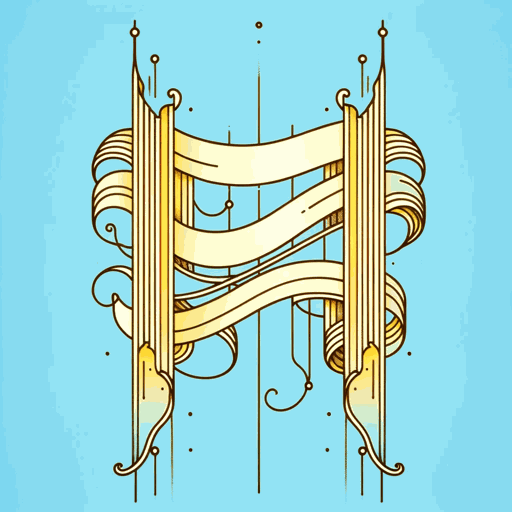
The Haunted Palace
Edgar Allan Poe

The Imp of the Perverse
Edgar Allan Poe

The Lake
Edgar Allan Poe
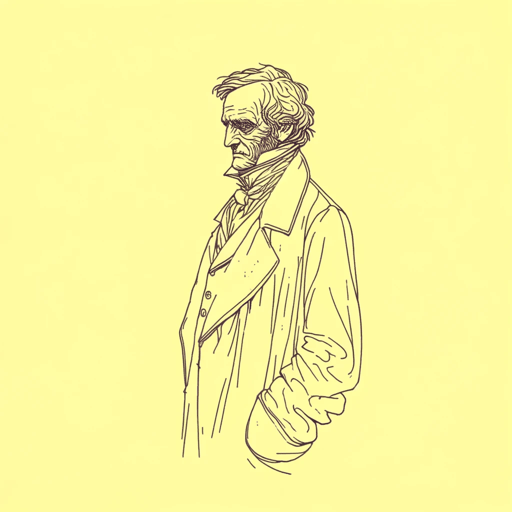
The Man of the Crowd
Edgar Allan Poe

The Masque of the Red Death
Edgar Allan Poe

The Murders in the Rue Morgue
Edgar Allan Poe

The Narrative of Arthur Gordon Pym of Nantucket
Edgar Allan Poe

The Oval Portrait
Edgar Allan Poe
